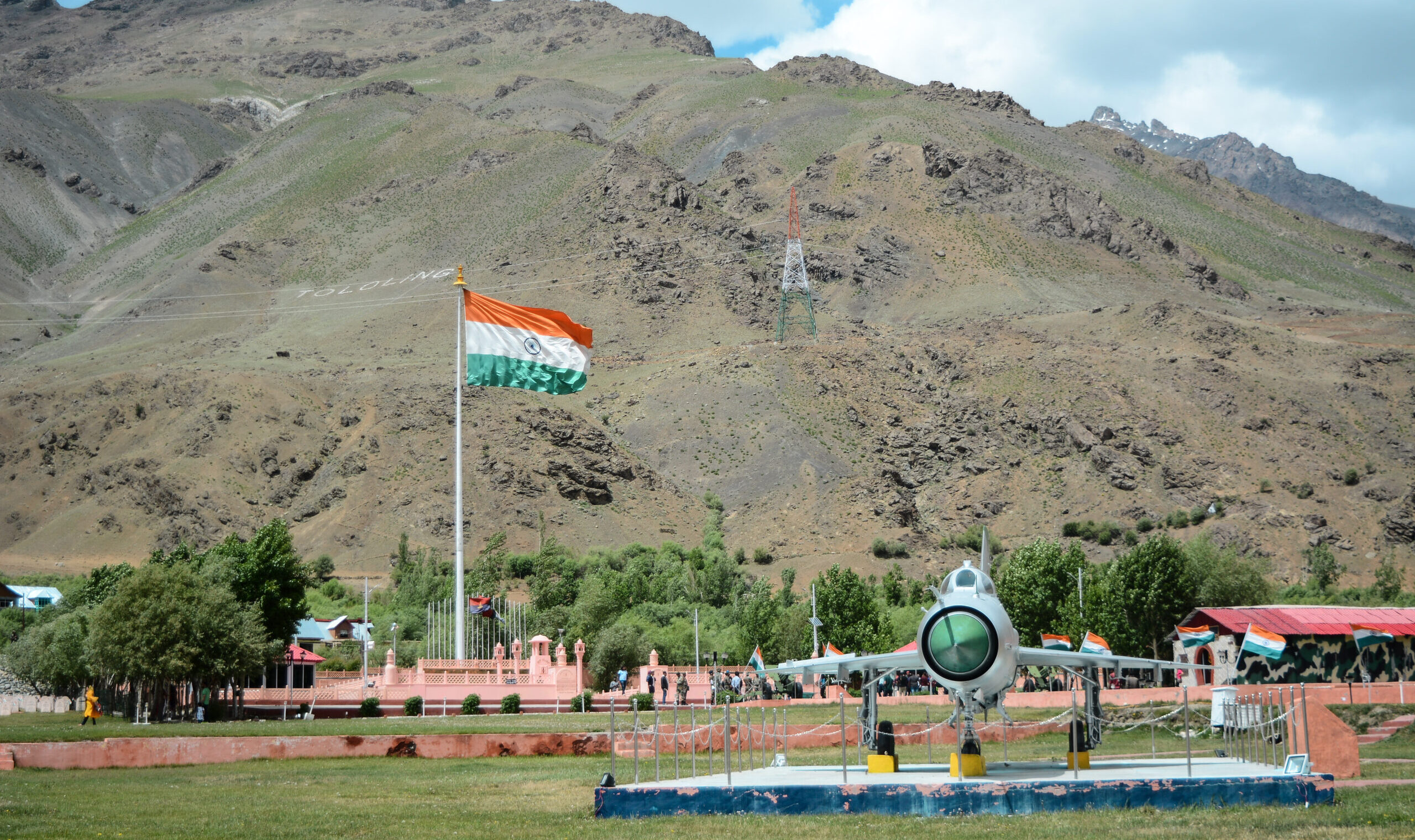The Moment That Tested U.S. Diplomacy
Within 48 hours, the U.S. achieved three diplomatic breakthroughs.

“I wouldn’t say that the Russians are uninterested in bringing this thing to a resolution,” Vice President J.D. Vance said at the Munich Security Conference Leaders Meeting in Washington, DC, in a conversation with Ambassador Wolfgang Ischinger, President of the Foundation Council of the Munich Security Conference. “What I would say is, right now, the Russians are asking for a certain set of requirements, a certain set of concessions in order to end the conflict. We think they’re asking for too much.”
Pressed further, he reiterated that, if there was no progress on the peace process, the White House would just walk away. This wasn’t a new signal. President Donald Trump said the same, as did Secretary Marco Rubio a month back.
The 48 hours following those remarks tested U.S. diplomacy and will be possibly considered historic for years to come.
This magazine reported how Vance deliberated on the Indo-Pakistani conflict, which has no direct strategic interest for the United States, except for a fear of an all-out nuclear war. Within a day that fear came close to reality. By Friday midnight, the pace and scale of Indian bombardment increased to the point that a new nuclear counterattack doctrine was being written in real time; a nuclear power was bombing the nuclear command facilities of a neighboring nuclear power. Never before had decapitation strikes against a nuclear command been not only considered but carried out, even as Trump and Rubio pursued peace efforts elsewhere.
Videos of around 300 Pakistani drones in Indian airspace were followed by social media reports and frantic videos of heavy Indian bombardment and missile attacks, including in Rawalpindi airbase and garrison town, located 21 minutes from Islamabad, Pakistan’s capital, and home of Pakistan strategic command. Photos of heavy craters on runways in northern and western Pakistan, damaged by 500-pound bunker busters, came around early dawn. An unverified video of Indian bombing in front of Kirana hills, where Pakistani unmated nuclear warheads were stored, made the rounds on Χ. It was just outside the hill radius, a signal that India can take out Pakistan's first strike capabilities if needed.
Subscribe Today
Get daily emails in your inbox
Diplomacy went into overdrive. It was decided that Vance, with his recent trip to India in the background, would call India’s Prime Minister Narendra Modi to urge a deescalation. If reports are to be believed, the Pakistani side asked Vance to intervene, fearing nuclear decapitation strikes from India. After frantic diplomacy, the Indian side paused and decided on a ceasefire.
Trump then did what no American president has done so far: He internationalized the Kashmir issue. He stated that, with enormous overnight diplomatic efforts, the U.S. had managed to push India and Pakistan to a tentative ceasefire before the ceasefire was officially declared from either side. He also offered mediation, which, while rejected by the Indian side, managed to demonstrate that despite its recent retrenchment, the U.S. is the central power pushing for peace in the subcontinent.
It is hard to overstate how much that has contributed to the weekend’s diplomacy. President Trump may meet with the new Syrian president, Ahmed al-Sharaa, in Qatar, alongside the Saudi Prince Muhammad Bin Salman; this could lay the groundwork for a quadrilateral in the region, a first step towards regional stability. Syria has apparently offered to demilitarize the Golan Heights, as well as offered the U.S. full mineral and oil extraction rights. Trump also said that he was open to joining talks between Russia and Ukraine in Turkey this coming Thursday, a suggestion that was quickly welcomed by Ukraine’s President Volodymyr Zelensky as the “right idea” as international efforts to end the war in Ukraine intensify, with European powers falling squarely behind Trump’s call for a 30-day ceasefire. Over the weekend, the U.S. and China managed to cut down tariffs and are looking towards a new trade equilibrium that will protect American strategic decoupling on minerals, pharmaceuticals, and steel. And, on Monday morning, the border between India and Pakistan saw relative calm after four days of war.